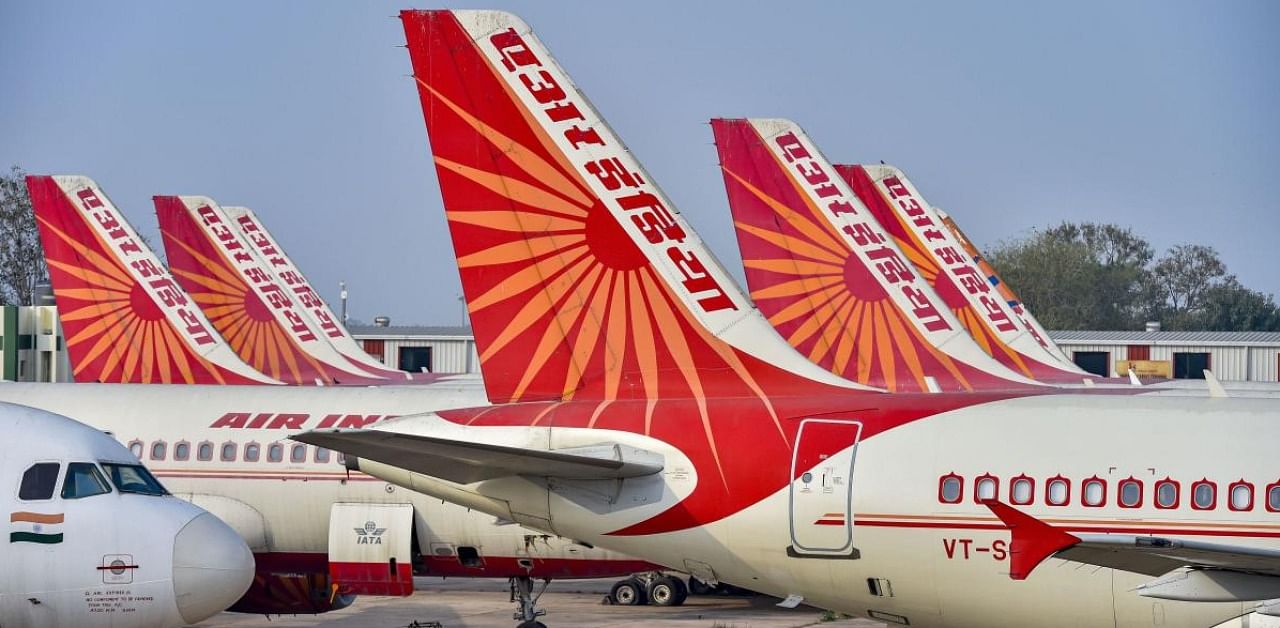
On Tuesday, what had been an open secret, got confirmed. Singapore Airlines informed the Singapore Stock Exchange that the airline and Tata Sons had agreed to merge Air India and Vistara, with SIA also investing Rs 2,058 crore (S$360 million, US$250 million) in Air India as part of the transaction.
This will give SIA a 25.1 per cent stake in an enlarged Air India group with a significant presence in all key market segments. The merger is expected to be completed by March 2024, subject to regulatory approvals.
The first indication of SIA's interest in pursuing a stake in AI was through its statement to the Singapore Stock Exchange in October when SIA said it was in talks with the Tatas for a merger with AI.
The following month in a question and answer session with journalists following the announcement of SIA's record second quarter results, Goh Choon Phong, Chief Executive Officer Singapore Airlines, said, "We are looking at deepening commercial relationships; it could involve integrating Vistara and AI. This is still under discussion."
He added that SIA is looking for a multi-hub strategy because Singapore is a small market of 5 to 6 million people. However, Vistara had become the second biggest airline in the domestic Indian market while also operating to 11 international points.
"SIA will never be able to operate to so many points in India or from India to so many points abroad. We also look at how it can complement the Singapore hub with synergies between the two countries. That is the reason we invested in Vistara," he added.
With these indications, it was a matter of time before SIA also came on board AI. However, SIA's decision is a well-thought-out move. Perhaps the reason why SIA took so long to announce its tie-up with Tatas' AI is that SIA did not want to burn its fingers in the Indian market - something which it had done earlier. SIA had tied up with the Tatas to bid for AI when it was up for divestment under prime minister Atal Bihari Vajpayee in the late 1990s. But vested interests in India ensured that hurdles were put, and despite SIA putting in large amounts of funds and energy in India, it finally withdrew from the race.
This wasn't the only instance. In January 2018, during Prime Minister Narendra Modi's visit to Singapore, an agreement was signed between the two governments that saw Changi airport being nominated for taking up the operations and management of Jaipur and Ahmedabad airports.
According to the agreement, Changi was to manage the retail space inside the terminal buildings and car parking spaces while the operations at the airports would remain with the Airports Authority of India (AAI). This agreement, too, did not materialise.
Tuesday's announcement is a win-win for Singapore Airlines, India and the Tatas. The latest announcement allows SIA to be an integral part of the third-largest aviation market.
With a 25 per cent stake in AI, SIA will be in a position to use its global stature to get aircraft from global leasing companies and Boeing and Airbus for AI, which has already announced that it is looking to enhance its global footprint.
Wilson Campbell, the Chief Executive Officer and Managing Director, has already said that he is keen to make AI not only an airline that attracts expatriates who live in different parts of the world but also make AI the airline of choice for sixth freedom passengers who now fly on international carriers like KLM and SIA.
All this augurs well for AI as well. With a profit-making partner in SIA and the Tatas wanting to take AI back to its glory days, the tie-up will mean that AI will become a serious player in the aviation market. Besides, the tie-up with SIA will bring its own synergies. For example, aircraft will be more readily available to AI, and the two airlines will jointly do the procurements and share passengers on both domestic and international flights.
Equally importantly, the tie-up between SIA and AI will also mean India will be able to achieve its dream of having a world-class airline and becoming a global aviation hub on the lines of Dubai and Singapore.
(The author is a senior freelance journalist who writes about the aviation industry)
(Disclaimer: The views expressed above are the author's own. They do not necessarily reflect the views of DH.)